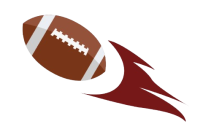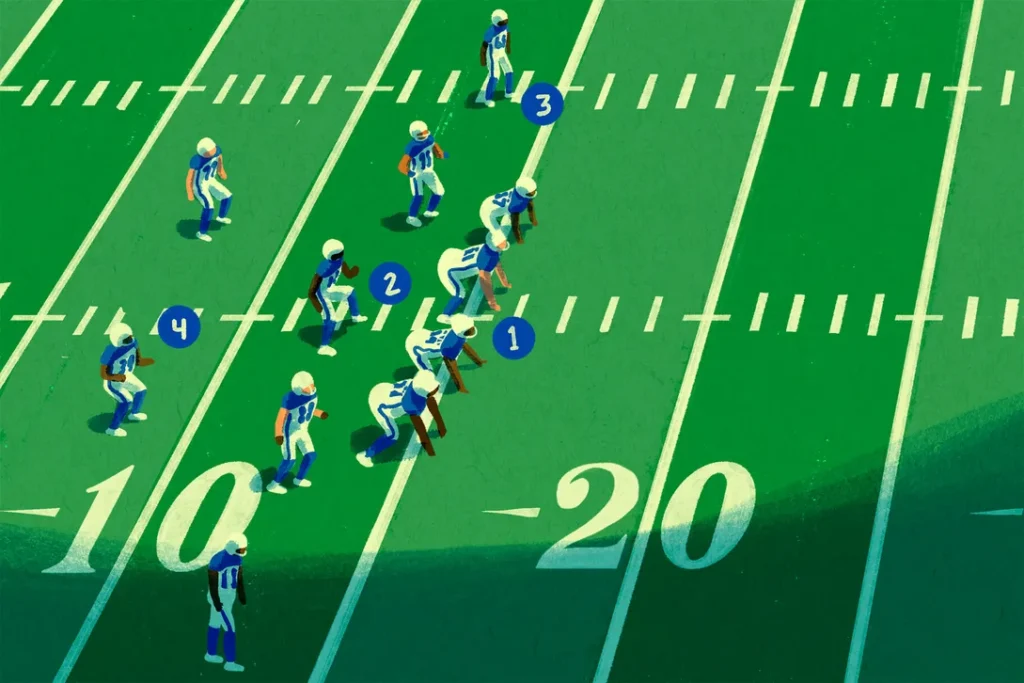
In American football, each team has eleven players assigned to their primary positions, and the goal is either to advance the ball and score points (offense) or to stop the opposition from doing so (defense). Kicking plays are also handled by special teams. Below is a primer on the main roles.
There are different positions that we need to apply in the game and how the proper position.
The Different Positions of American Football
OFFENSIVE POSITIONS
QUARTERBACK
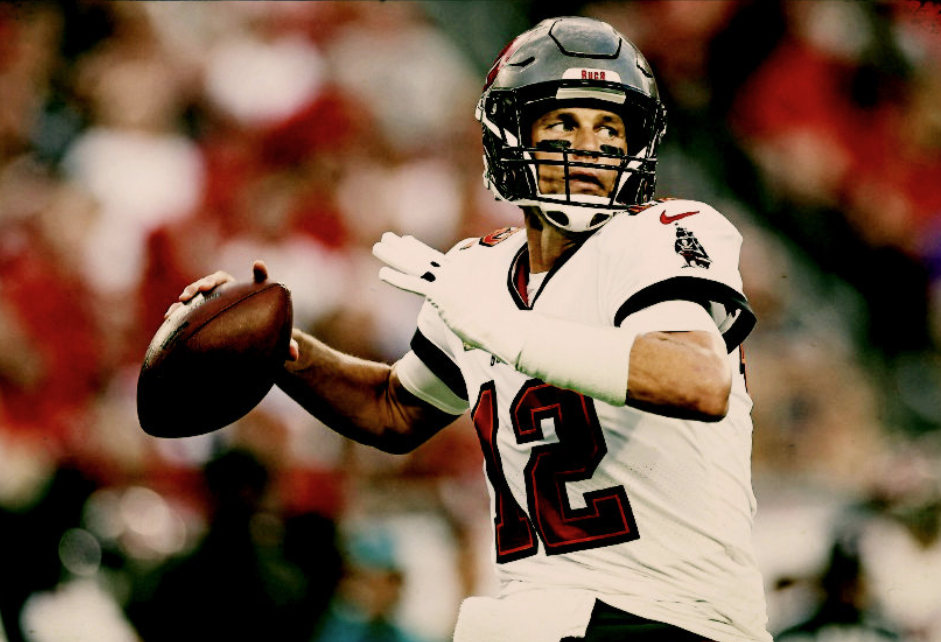
The offense’s leader is in charge of taking the snap from the center, passing the ball, handing it off, occasionally running it themselves.
RUNNING BACK
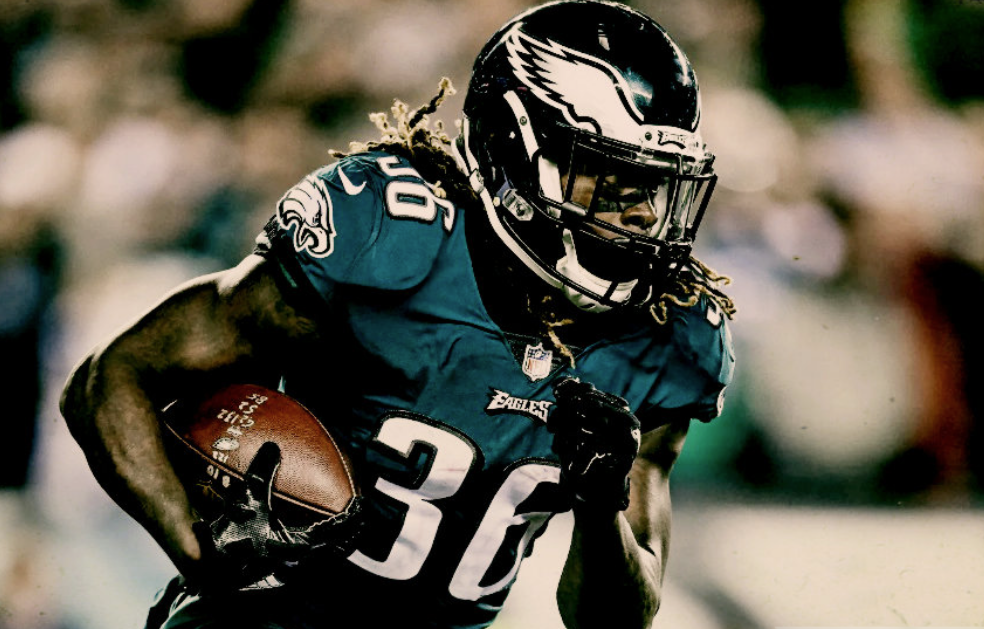
Lined up behind or alongside the quarterback, responsible for carrying the ball on running plays and frequently catching short passes.
- Fullback (FB) – Usually positioned ahead of the running back, mainly functioning as a blocker but also capable of carrying the ball in short-yardage situations.
- Halfback (HB): Primarily responsible for running the ball.
WIDE RECEIVER
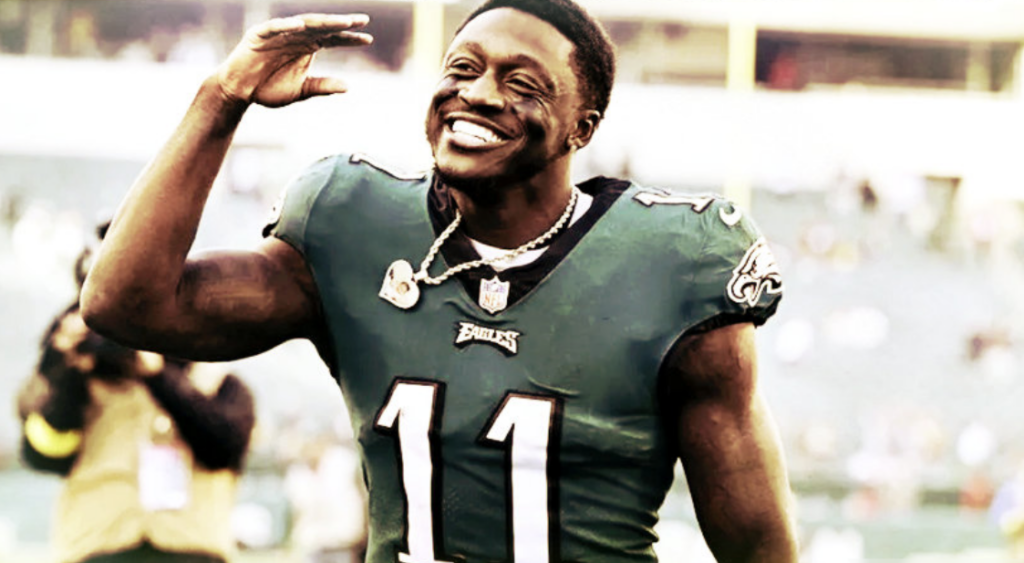
Wide receivers play a crucial role in advancing the ball down the field through the air, positions near the sidelines and specializes in running routes to receive passes from the quarterback.
TIGHT END
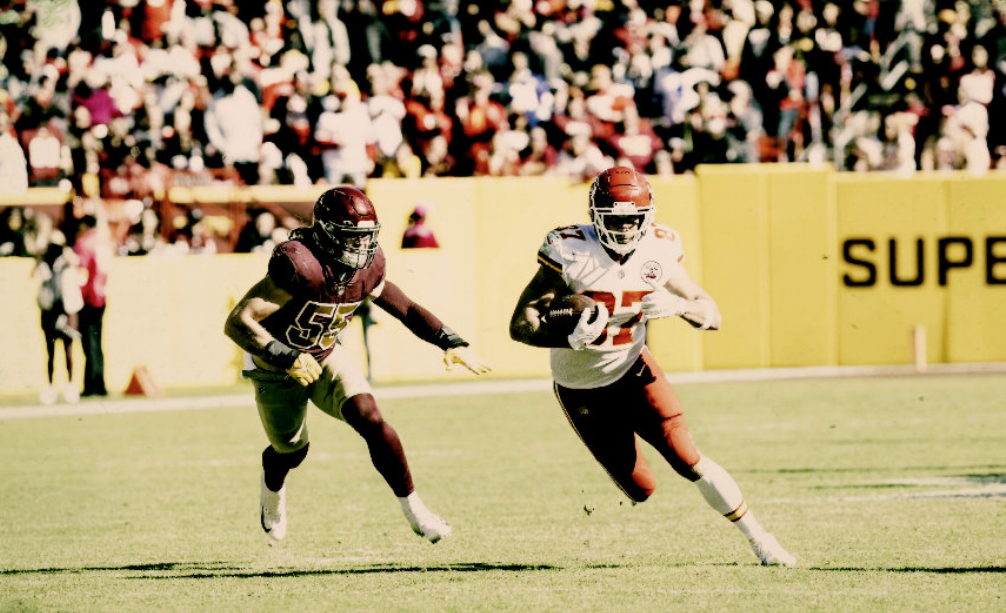
Tight End plays both as a receiver and a blocker, lining up next to the offensive line to catch passes or help with blocking when needed.
OFFENSIVE LINEMEN
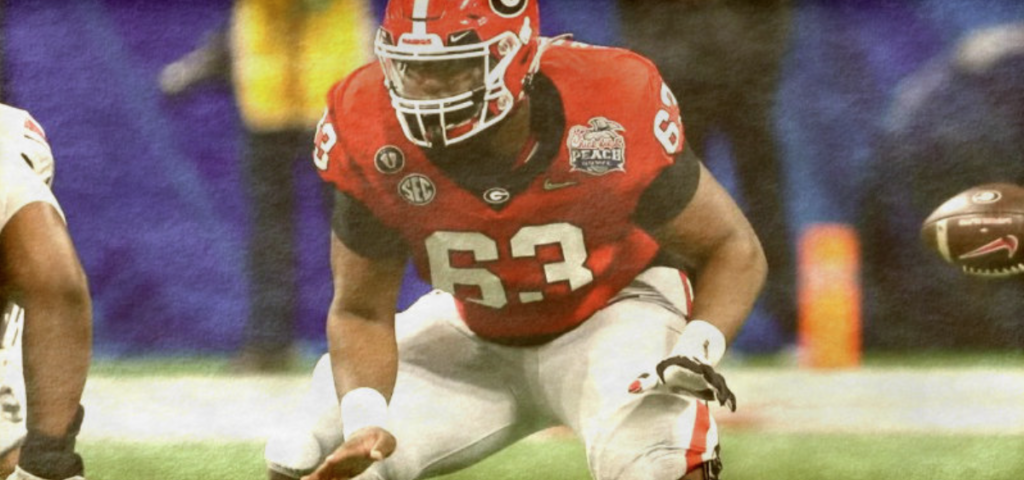
- Center (C) – Delivers the snap to the quarterback and helps block defenders.
- Guards (G) – Lines up on either side of the center, primarily responsible for blocking in both running and passing plays.
- Tackles (T) – Positions outside the guards, responsible for shielding the quarterback from edge rushers and supporting run blocking.
DEFENSIVE POSITIONS
DEFENSVE LINEMEN

Defensive linemen play a crucial role on the defensive side of the game, with their main duties being to break through the offensive line’s blocking strategies, halt the run, and apply pressure on the quarterback.
- Defensive Tackle (DT) – a play a crucial role in American football, focusing on stopping runs and applying pressure on the quarterback, using their size, strength, and technique to dominate the line of scrimmage.
- Defensive End (DE) – pressurize quarterbacks and stop runs, using speed, strength, and strategy to disrupt offensive plays on the outer edges of the line.
LINEBACKERS
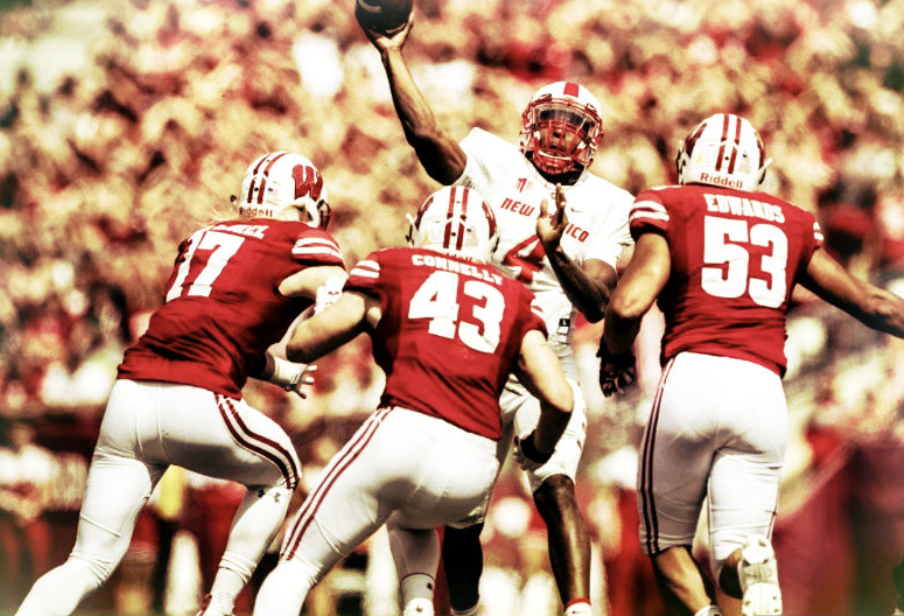
Linebackers (LB) are vital in American football, defending against runs, defending against passes, and pressuring the quarterback. They must be fast, powerful, and insightful to effectively analyze offense strategies, make real-time adjustments, and guide the defense.
- Inside Linebacker (ILB) – is a vital defensive player in American football, positioned in the center of the linebacker group to defend against the run and cover passes.
- Middle Linebacker (MLB) – also known as the “quarterback of the defense,” is a crucial player in American football, responsible for quick adjustments, offense analysis, and leading the defensive unit.
- Outside Linebacker (OLB) – is a crucial defensive player in American football, responsible for rushing the passer, stopping the run, and covering receivers, making them adaptable to different defensive schemes.
DEFEBSIVE BACKS
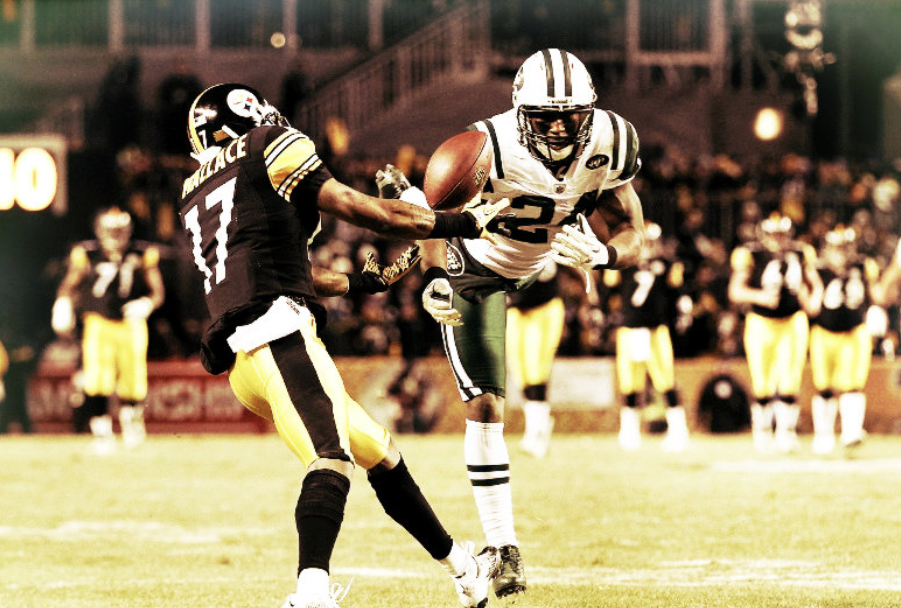
Defensive backs (DB) are essential in American football, focusing on pass coverage and guarding against wide receivers and tight ends. They include cornerbacks, safeties, and nickelbacks, each contributing to limiting passing plays and defending deep fields. DBs must possess speed, agility, and ball-handling skills to react swiftly to quarterback passes.
- Cornerback (CB) – are crucial in American football, guarding opposing team wide receivers to disrupt passing plays, often positioning themselves directly across from them.
- Safety (S) – assists, supports run defense and pass coverage, and acts as the last line of defense.
Free Safety (FS): A free safety reads the quarterback’s eyes, predicts passes, and covers receivers on deep routes. They also analyze offensive plays and offer support against running backs breaking through the line, requiring exceptional skills.
Strong Safety (SS): Strong safeties are versatile players who stop the run, cover tight ends, and provide support in pass defense, particularly against short and intermediate routes. They must be physically tough, agile, and skilled in coverage to make key tackles and disrupt the opponent’s game plan, blending linebacker and defensive back abilities.
SPECIAL TEAMS POSITIONS
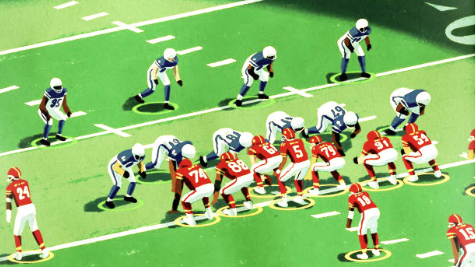
Special teams positions in American football are essential for executing kicking, punting, and returning plays. These roles can significantly influence field position and often serve as game-changers. Below are the special teams positions in special teams:
KICKER
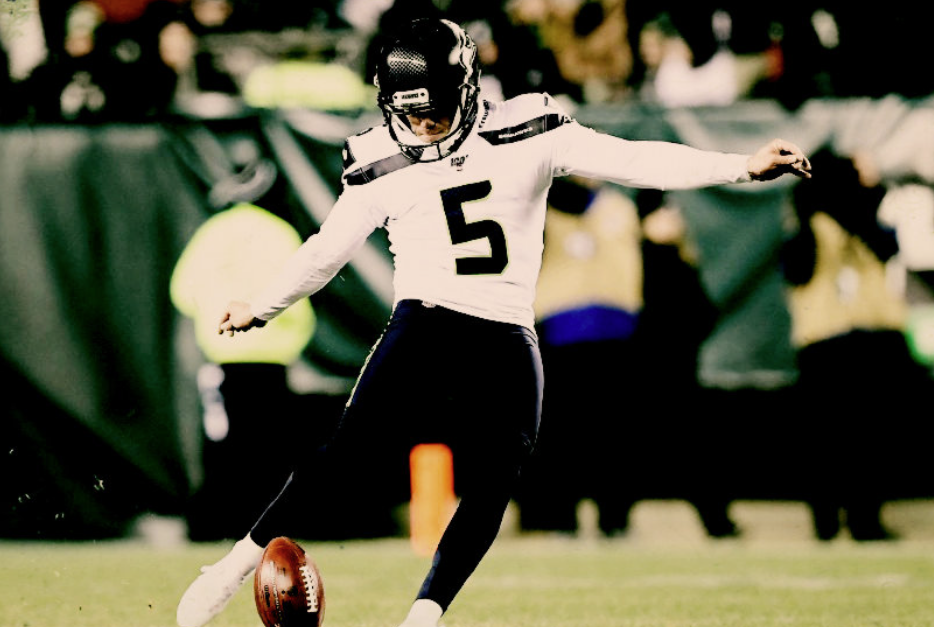
The kicker ( K ) is in charge of placekicks, kickoffs, and extra point attempts. They must be precise and capable of performing under pressure, particularly during field goal attempts.
PUNTER

The offense can punt the ball instead of attempting a first down. The punting team receives the snapped ball from the center and kicks it to the punt returner waiting downfield. The punter’s primary role is to kick the ball down the field, aiming to place the opposing team as far back as possible.
KICKER RETURNER & PUNT RETURNER
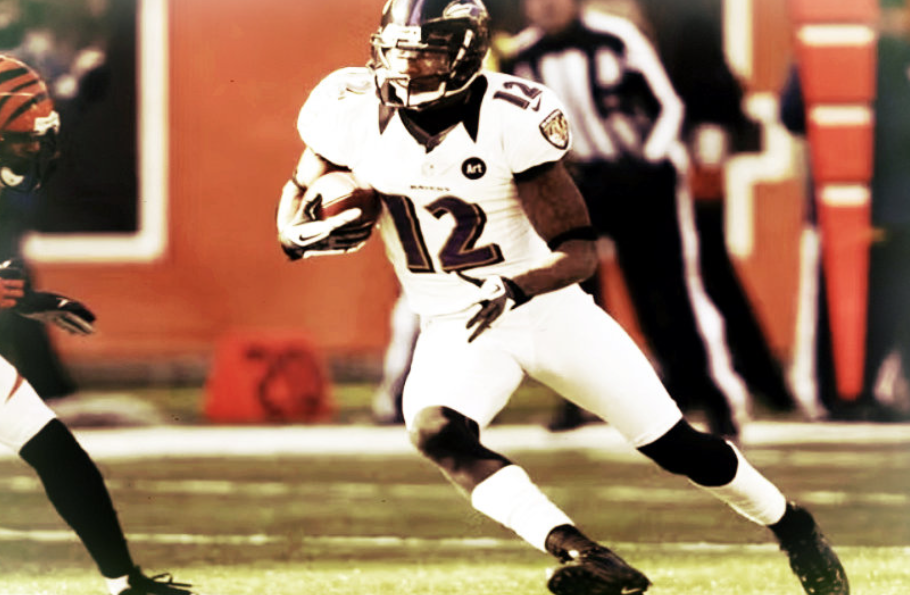
- Kick Returner (KR) – typically speedy wide receivers or defensive backs, catch kicks and run towards the opposing team’s end zone. They aim to advance the ball as far downfield as possible, with the ultimate goal of scoring a touchdown.
- Punt Returner (PR) – A punt returner catches the ball during punts, attempting to gain yards or score. They may call for a “fair catch” to avoid being tackled by special teams. The punt returner may also return the ball, running towards the opposing team’s end zone. Similar to kick returners, punt returners are fast and often play as wide receivers or defensive backs.
KICKOFF SPECIALIST
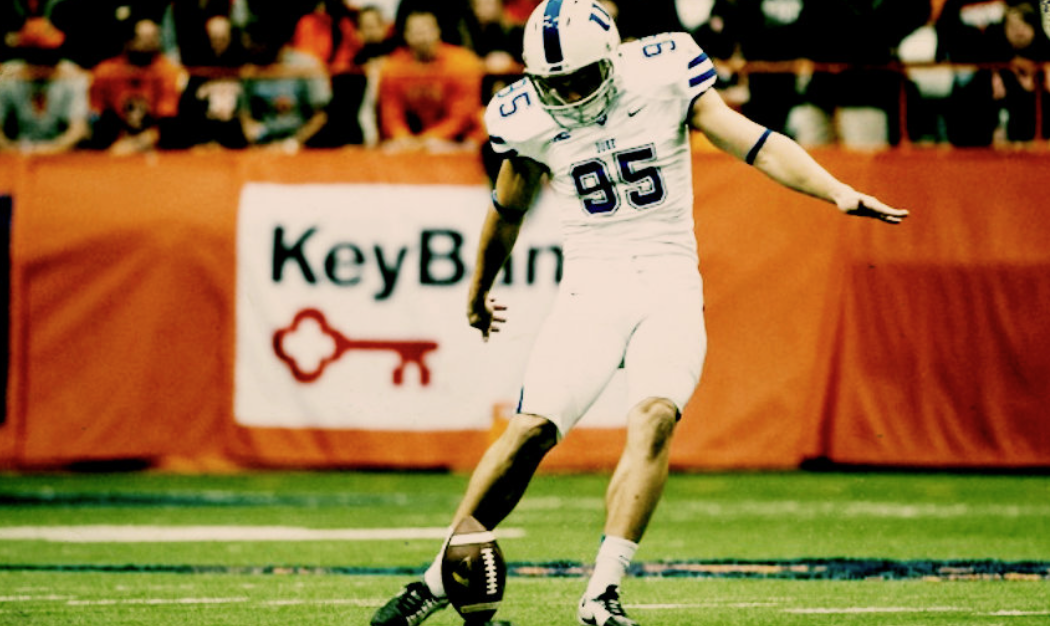
A kickoff specialist in gridiron football is a player who concentrates on kickoffs to help the kicking team gain better field position. Their goal is to kick the ball deep into the opponent’s territory, often utilizing a powerful leg and touchback abilities. However, they typically do not possess the precision and technique needed for full-time placekicking or punting duties. In most teams, the placekicker serves as the kickoff specialist.
LONG SNAPPER
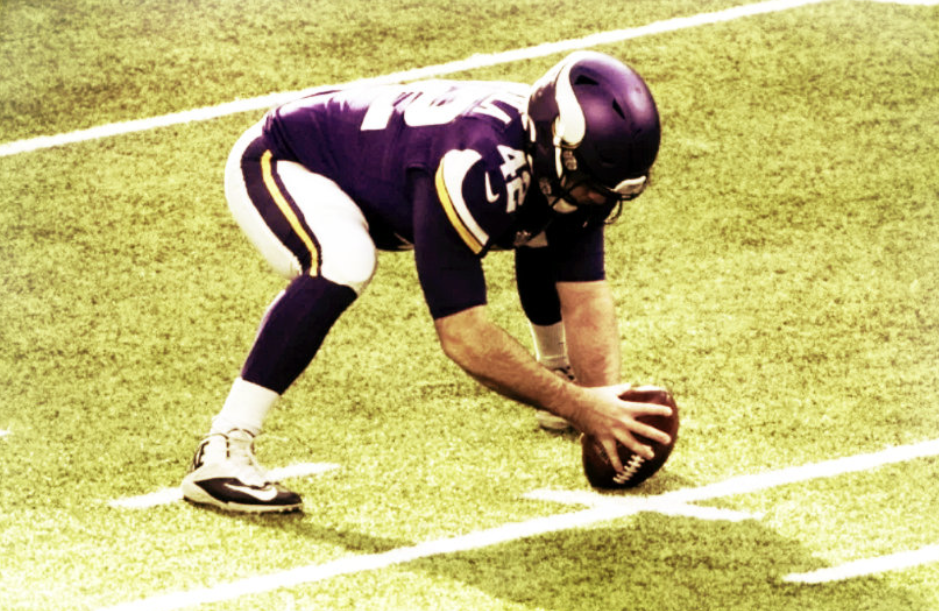
The long snapper is a specialized center who is responsible for snapping the ball during punts and kicks, either between their legs to the punter or to the player holding the ball for field goals and extra point attempts.
HOLDER
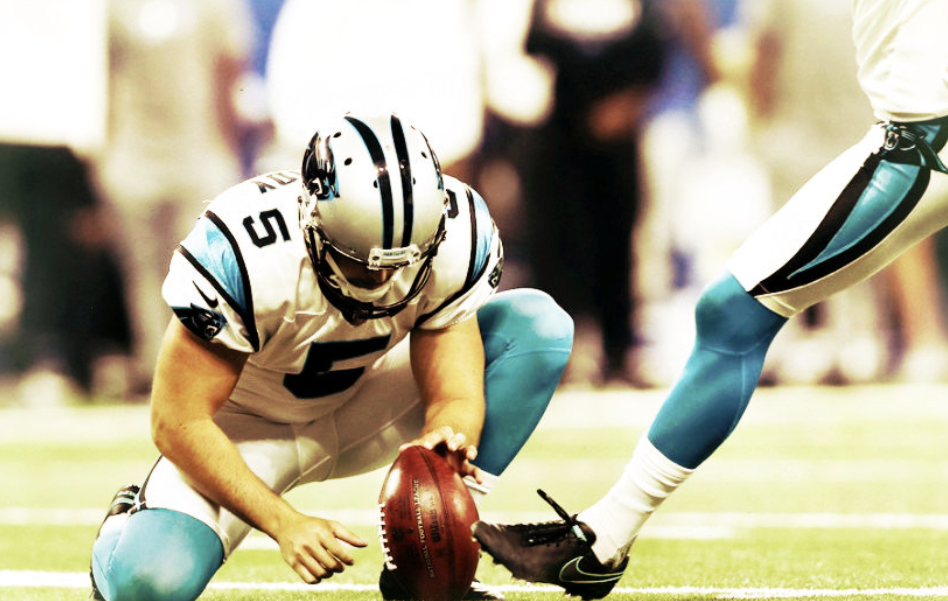
The holder assists the kicker in field goal and extra point attempts by catching the snap, holding the ball steady, and positioning it correctly for the kicker to take the shot.
GUNNER
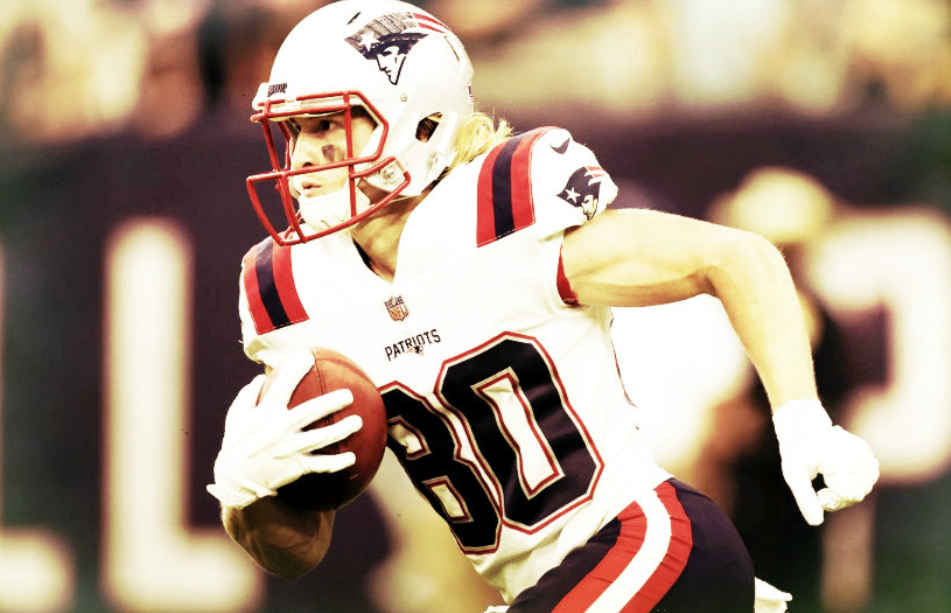
a gunner is a key special teams player, typically a wide receiver or defensive back, responsible for punt coverage. Positioned at the edge of the formation, the gunner’s job is to sprint downfield immediately after the punt, working to either tackle the returner or pressure them into calling a fair catch. Their role requires great speed, agility, and tackling ability, as they must break through blocking attempts to disrupt the return. Gunners play a crucial part in minimizing punt return yards and securing favorable field position, making them an invaluable asset to a team’s special teams unit.
To understand more about football game click here
” Guide to Different Positions on Football Game “
ALSO READ :
